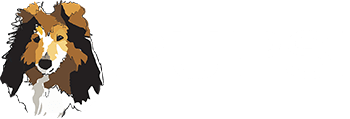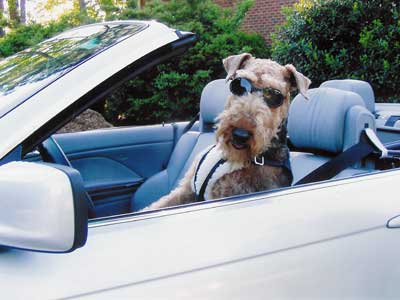
Regular grooming is essential to keeping your dog healthy, happy, and looking their best. But how often should you have your dog groomed, and what specific areas should you focus on? The frequency and specifics of grooming can vary depending on your dog’s breed, coat type, age, and lifestyle. Here’s a comprehensive guide to help you understand the essentials of dog grooming.
How Often Should You Groom Your Dog?
- Short-Haired Dogs
Short-haired breeds like Beagles, Boxers, and Dalmatians typically require less frequent grooming. A grooming session every 4-8 weeks is usually sufficient. Regular brushing at home can help reduce shedding and keep their coat shiny.
- Medium-Haired Dogs
Breeds with medium-length coats, such as Golden Retrievers, Spaniels, and Border Collies, need grooming every 6-8 weeks. These dogs benefit from regular brushing to prevent matting and tangles.
- Long-Haired Dogs
Long-haired breeds like Shih Tzus, Yorkshire Terriers, and Afghan Hounds require more frequent grooming. These dogs should be groomed every 4-6 weeks to keep their coats free of tangles and mats.
- Curly or Wavy-Haired Dogs
Poodles, Bichon Frises, and other breeds with curly or wavy hair need regular grooming every 4-6 weeks. Their coats can easily become matted if not properly maintained.
- Double-Coated Dogs
Breeds with double coats, such as Huskies, German Shepherds, and Akitas, shed seasonally. During shedding seasons, they may need grooming every 4-6 weeks. Outside of these times, grooming every 8-12 weeks can suffice.
What Specifically Should Be Groomed?
- Brushing the Coat
Regular brushing is crucial for all dogs. It helps remove loose hair, dirt, and debris, and prevents matting. The type of brush you use depends on your dog’s coat type:
- Short-haired dogs: Use a bristle brush or a rubber curry brush.
- Medium-haired dogs: A slicker brush or a pin brush works well.
- Long-haired and curly-haired dogs: Use a slicker brush and a comb to remove tangles.
- Double-coated dogs: Use an undercoat rake or de-shedding tool.
- Bathing
Bathing frequency depends on your dog’s lifestyle and coat type. Generally, dogs should be bathed every 4-6 weeks. Use a dog-specific shampoo to avoid skin irritation.
- Nail Trimming
Regular nail trimming is essential to prevent overgrowth, which can lead to discomfort and mobility issues. Trim your dog’s nails every 3-4 weeks, or as needed. If you’re unsure how to do this safely, a professional groomer can help.
- Ear Cleaning
Regular ear cleaning helps prevent infections, especially in breeds with floppy ears. Clean your dog’s ears every 2-4 weeks using a vet-approved ear cleaner and cotton balls.
- Teeth Brushing
Oral hygiene is crucial for your dog’s overall health. Brush your dog’s teeth several times a week using a dog-specific toothbrush and toothpaste. Regular dental check-ups with your vet are also recommended.
- Hair Trimming
Long-haired and curly-haired dogs often require regular hair trims to keep their coat manageable and free of mats. Focus on areas like the face, paws, and sanitary regions. If you’re not comfortable doing this yourself, a professional groomer can assist.
- Anal Gland Expression
Some dogs may need their anal glands expressed regularly to prevent discomfort and infections. This is usually done by a professional groomer or vet.
Trust Pupsi Inc. To Make Sure Your Dog is Properly Groomed
Regular grooming is a vital part of your dog’s overall health and well-being. Understanding your dog’s specific grooming needs can help you establish a routine that keeps them looking and feeling their best. If you’re ever unsure about how to groom your dog or how often certain grooming tasks should be performed, contact Pupsi Inc. today and we’ll get an appointment scheduled quick and easy. By staying on top of grooming, you’ll ensure your furry friend stays healthy, comfortable, and happy.
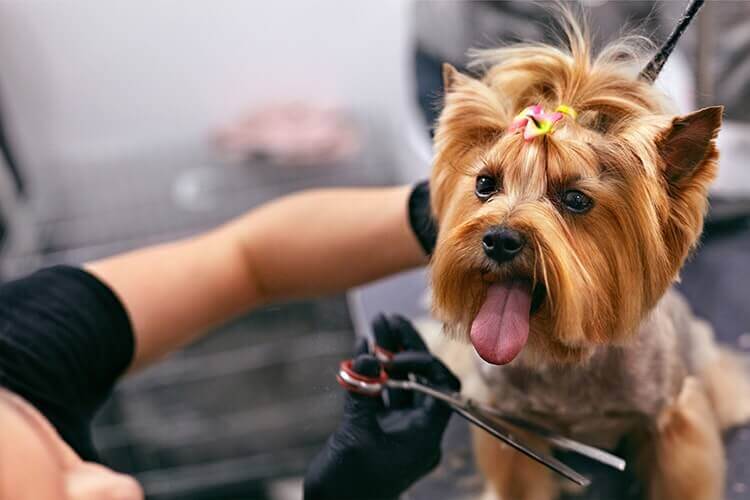
Grooming Your Dog: Everything You Need To Know
Dog grooming is one of the best ways to ensure that your pup lives a happy and healthy life! At Pupsi, we want your dog grooming experience to be as smooth as possible. Read this post to learn a few tips that will help keep you and your pup relaxed and confident.
What Is Dog Grooming?
Dog grooming consists of different treatment options to help keep your dog clean, ranging from brushing your dog’s teeth to giving them a flea bath. Although many people think of dog grooming as a stylistic choice, dog grooming offers numerous health benefits:
What Are The Benefits of Dog Grooming?
Detect & Treat Skin Conditions
According to the ASPCA, dog grooming is a great way to keep an eye out for any causes of underlying skin conditions. Be sure to look for signs of fleas or other irritants to your dog’s skin. For enhanced skin care, request a special shampoo during your dog’s grooming appointment.
Reduce Smell
Lots of exercise and outside time can lead to a smelly dog. Any chance to reduce smelliness is a win for both you and your pup.
Avoid Fleas
Fleas are not your dog’s friend. Schedule a flea bath during your dog’s grooming appointment to avoid fleas in the future.
Prevent Shedding
Dogs shed to get rid of damaged or dry hair. The American Kennel Club recommends constantly brushing your dog’s hair to help them stay less sweaty, which ultimately reduces smelliness.
Upgrade Your Dog’s Look
Want to update your dog’s aesthetic? Dog grooming is a great way for your dog to be ready for their photoshoot.
How Much Is Dog Grooming?
Here’s a quick summary of the costs for our dog grooming services. Visit our dog grooming page for more detailed information.
- Bath: $35 and up
- Flea bath: Additional $20
- Grooming package (bath and nail trim): $45 and up
- Shed-less treatment: Additional $20
- Spa package: Additional $20
- Nail clipping: $15
- Teeth Brushing: $10
Please note that these prices are estimates and may change depending on the size or breed of your dog.
How Often Should You Groom Your Dog?
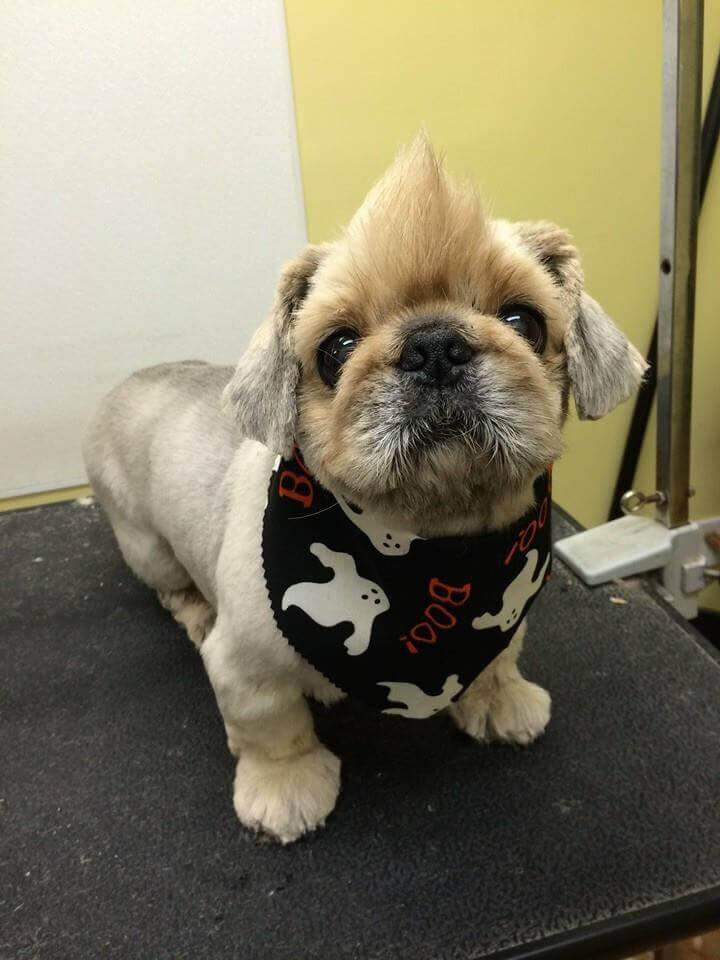
Rover estimates that you should bathe your dog at least once every four to six weeks, depending on your dog’s coat. You can schedule other additional services, such as nail trimming or flea baths, on an as needed basis.
What Do I Need To Get My Dog Groomed?
If you plan on grooming your dog at home, you can purchase a dog grooming kit. You’ll want to ensure that your dog grooming kit contains the following tools:
- Clippers
- Combs
- Brushes
- Scissors
- Nail trimmer
You’ll also want to have shampoo/conditioner and a towel.
Where Can I Get My Dog Groomed?
Visit your local dog care store to see if they offer dog grooming services. If you’re in the Triangle, come visit us at Pupsi! We’re one of the best dog grooming services in Raleigh, NC.
Want to see how happy your dog can be when they’re fresh and clean? Schedule a dog grooming appointment at Pupsi today!
